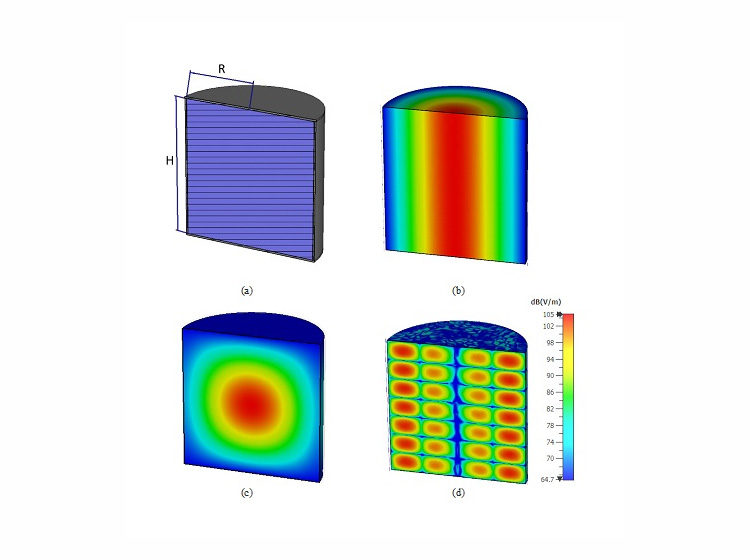Filters are essential to virtually all communication systems. Even though the fundamental principles of the operation of filters have been known since the second part of the 20th century, practical filter design still draws a great deal of attention from RF engineers and academia. Such is the significance of filters.
In this paper, a new class of coaxial cavity filters with low-profile suitable for base transceiver station applications is proposed. The individual resonator is in the form of two hollow cylinders, with the cylinder of a small radius inserted into a bigger one. This disposition leads to volume reduction, high performance, and superior spurious-free response. In addition, the paper also provides details on the equivalent lumped element circuit which allows for a fast and efficient initial design of the resonators. However, just like in the case of all resonators, full-wave optimization is required to produce the final and optimized configuration of the filters. As an experimental verification, we have designed, simulated and fabricated a five-pole filter operating at a centre frequency of 722 MHz. The measured results demonstrate high performance, consistent with the simulated results. The electrical length of the experimental resonators is as low as λ0/16 . The measured insertion loss of the five-pole filter is 0.92 dB at 722 MHz. Experimental results show a spurious-free response of the order of 7.6 times.




Leave a Reply